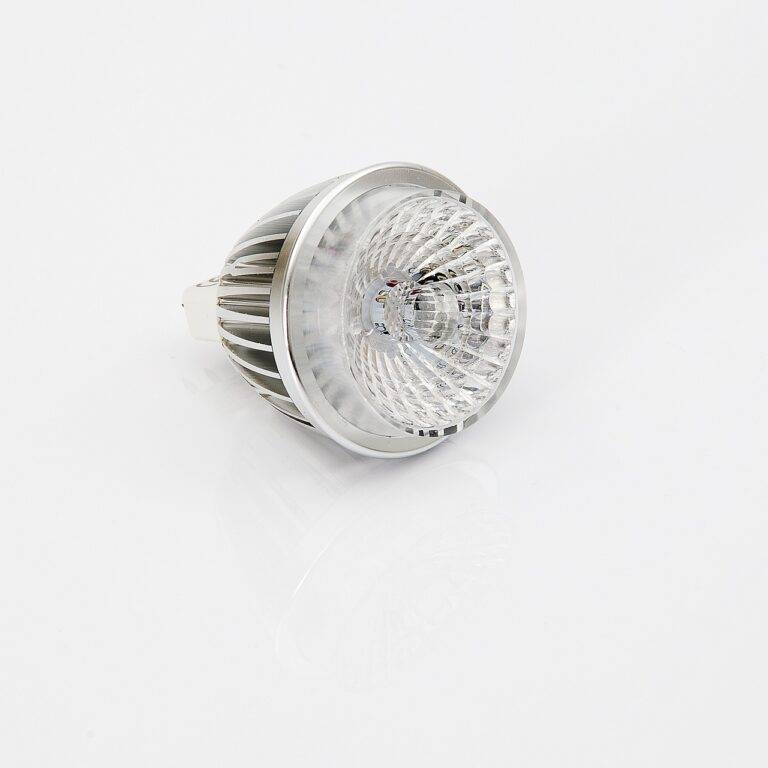The Psychology of Color in Home Decor: Choosing Palettes for Different Moods
Color theory is a fundamental concept that delves into the art and science of colors. It explores how colors interact with each other and the emotional responses they evoke. Understanding the basics of color theory involves grasping the color wheel, which is a visual representation of how colors relate to each other.
The color wheel consists of primary colors, secondary colors, and tertiary colors. Primary colors, including red, blue, and yellow, are the foundation of all other colors. Secondary colors, such as orange, green, and purple, are created by mixing primary colors, while tertiary colors are formed by blending primary and secondary colors. Familiarizing oneself with the color wheel helps in composing harmonious color schemes and enhancing visual impact in various fields like art, design, and marketing.
Understanding the Impact of Color on Emotions
Colors have the power to evoke a wide range of emotions within us. Each color is associated with different feelings and can influence our mood in subtle yet significant ways. Red, for example, is often linked to passion and energy, while blue is commonly associated with tranquility and calmness.
Understanding the psychology behind colors can help us create environments that cater to our emotional needs. By strategically incorporating colors into our spaces, we can enhance the ambiance and influence how we feel within that setting. This knowledge empowers us to design spaces that promote positivity, relaxation, or productivity, depending on our desired emotional state.
Choosing Warm Colors for a Cozy Atmosphere
When aiming to create a cozy atmosphere in a space, selecting warm colors can greatly contribute to achieving this desired feeling. Warm colors like reds, oranges, and yellows have the ability to evoke a sense of comfort and intimacy. These hues can make a room feel inviting and snug, perfect for unwinding after a long day.
Incorporating warm colors in your decor, such as through wall paint, upholstery, or accent pieces, can transform a room into a cozy sanctuary. By careful selection and strategic placement of these colors, you can create a welcoming and comforting environment that envelops you and your guests in a sense of warmth and relaxation.
What are warm colors?
Warm colors are colors that are associated with warmth, such as red, orange, and yellow. These colors can make a space feel cozy and inviting.
How can color impact emotions?
Color can have a significant impact on emotions. Warm colors like red, orange, and yellow can create a sense of warmth and comfort, while cooler colors like blue and green can evoke feelings of calmness and relaxation.
How can I use warm colors to create a cozy atmosphere in my home?
You can use warm colors on walls, furniture, accessories, and decor items to create a cozy atmosphere in your home. Consider painting a wall in a warm shade, adding throw pillows in warm hues, or incorporating warm-colored artwork.
What are some examples of warm colors that can help create a cozy atmosphere?
Some examples of warm colors that can help create a cozy atmosphere include shades of red, orange, yellow, and earth tones like brown and beige.
Can I mix warm colors with cool colors to create a cozy atmosphere?
Yes, you can mix warm colors with cool colors to create a cozy atmosphere. For example, you could pair a warm red wall with cool blue accents for a balanced and inviting space.







